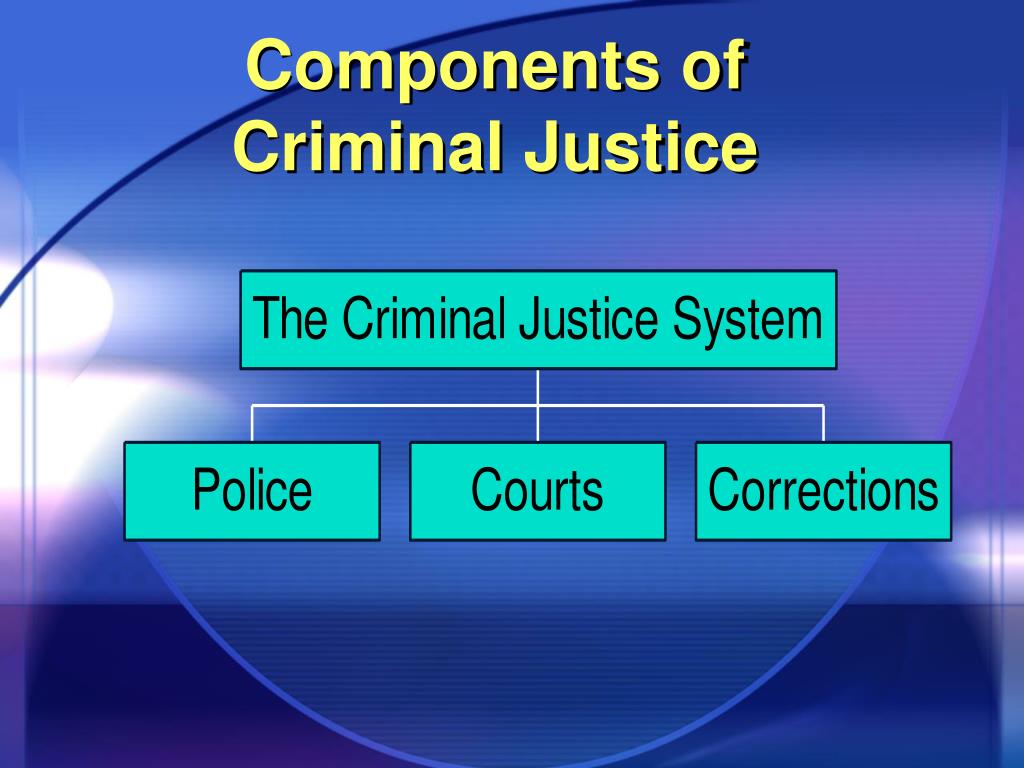The criminal justice system is a multifaceted entity designed to uphold the rule of law, maintain public order, and ensure justice. This comprehensive guide delves into the primary functions, procedures, tasks, and personnel that make up the criminal justice system. Whether you’re a legal professional, student, or simply interested in understanding how justice is administered, this article offers a thorough examination of each component.
Key Functions of the Criminal Justice System
Law Enforcement: The First Line of Defense
Primary Roles:
- Crime Prevention: Police and law enforcement agencies work to deter criminal activities through patrols, community engagement, and public awareness campaigns.
- Investigation: Detectives and investigators gather evidence, interview witnesses, and build cases against suspects.
- Arrest: Law enforcement officers apprehend individuals suspected of committing crimes, ensuring that they are brought into the judicial system.
Challenges:
- Resource Allocation: Balancing limited resources to cover all aspects of law enforcement.
- Community Relations: Building trust and cooperation with the public to enhance effectiveness.
The Judicial System: Administering Justice
Court Structure:
- Trial Courts: Handle the initial phases of criminal cases, including arraignments, plea bargains, and trials.
- Appellate Courts: Review decisions made by trial courts, ensuring the correct application of law.
- Supreme Court: The highest court, which has the final say on legal disputes and constitutional issues.
Key Players:
- Judges: Preside over court proceedings, ensure fair trials, and make rulings based on the law.
- Prosecutors: Represent the state or government, responsible for presenting evidence against the accused.
- Defense Attorneys: Defend the accused, ensuring their rights are protected throughout the judicial process.
- Juries: Composed of citizens who determine the guilt or innocence of the accused based on evidence presented.
Corrections: Rehabilitation and Punishment
Correctional Facilities:
- Prisons: Secure facilities for individuals convicted of serious crimes, focusing on long-term incarceration.
- Jails: Local facilities for short-term detentions, often for those awaiting trial or serving minor sentences.
Correctional Programs:
- Probation: Allows offenders to remain in the community under supervision as an alternative to incarceration.
- Parole: Conditional release of prisoners before the completion of their sentence, based on good behavior.
- Rehabilitation Programs: Educational, vocational, and therapeutic programs aimed at reducing recidivism and aiding reintegration into society.
Issues in Corrections:
- Overcrowding: Many correctional facilities are overpopulated, leading to inadequate living conditions.
- Recidivism: A significant number of released offenders reoffend, highlighting the need for effective rehabilitation.
In-Depth Analysis of Criminal Justice Procedures
Investigation and Arrest
Steps in Investigation:
- Evidence Collection: Gathering physical evidence, forensic analysis, and documentation.
- Witness Interviews: Collecting statements from witnesses and victims.
- Suspect Interrogation: Questioning suspects to obtain confessions or additional information.
Arrest Procedures:
- Probable Cause: Officers must have sufficient evidence to believe a crime has been committed.
- Miranda Rights: Ensuring suspects are informed of their rights upon arrest.
Court Procedures
Pre-Trial Processes:
- Arraignment: The accused is formally charged and enters a plea.
- Preliminary Hearings: Determine if there is enough evidence to proceed to trial.
- Plea Bargaining: Negotiations between the defense and prosecution to resolve the case without a trial.
Trial Processes:
- Jury Selection: Choosing impartial jurors to hear the case.
- Opening Statements: Both sides outline their cases to the jury.
- Presentation of Evidence: Witnesses testify, and evidence is presented.
- Closing Arguments: Final arguments made before the jury deliberates.
- Verdict and Sentencing: The jury delivers a verdict, and the judge imposes a sentence if the accused is found guilty.
Post-Trial Procedures
Appeals:
- Grounds for Appeal: Legal errors, insufficient evidence, or improper procedures during the trial.
- Appeal Process: Higher courts review the case to determine if the trial court’s decision should be upheld or overturned.
Post-Conviction Relief:
- Habeas Corpus: Challenging the legality of detention.
- Clemency and Pardons: Seeking mercy from executive authorities to reduce or eliminate sentences.
Addressing Common Questions and Concerns
What are the Major Challenges Facing the Criminal Justice System?
Racial Disparities: Minority groups often face disproportionate rates of arrest and incarceration. Mental Health: Many offenders suffer from mental health issues, requiring specialized treatment. Technology: Advances in technology present both opportunities and challenges for law enforcement and judicial processes.
How Can the System Be Improved?
Community Policing: Strengthening relationships between law enforcement and communities to build trust and cooperation. Sentencing Reform: Implementing fairer sentencing practices to reduce overcrowding and ensure proportional punishment. Rehabilitation Focus: Increasing investment in rehabilitation programs to reduce recidivism and support offender reintegration.
Conclusion
The criminal justice system is a critical component of societal stability and order. By understanding its functions, procedures, and personnel, we can better appreciate the complexities involved in administering justice. Continuous improvements and reforms are necessary to address challenges and ensure the system remains fair and effective for all.
